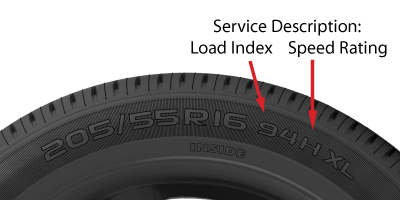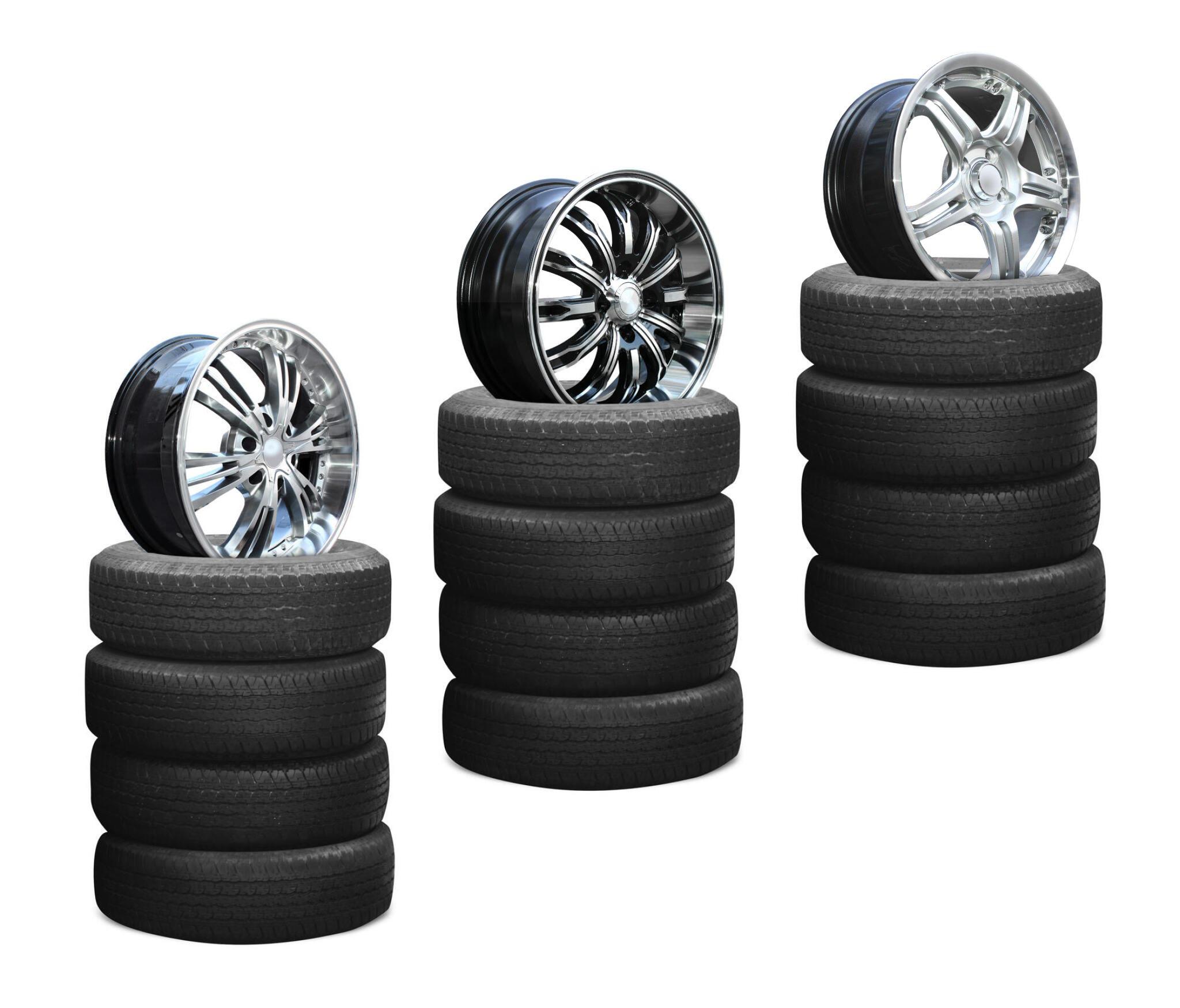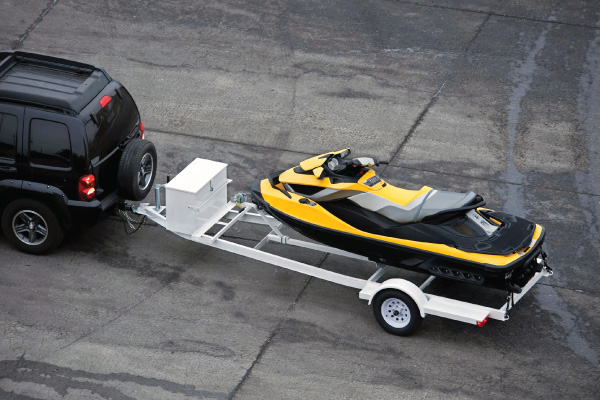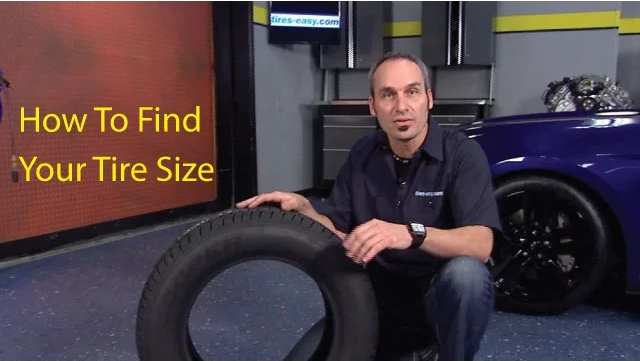Last Updated on February 17, 2024
Choosing the Right Trailer Tires Ply: Understanding Ply Ratings for Optimal Performance
Nobody wants to experience a tire blowout while driving, especially when towing a valuable load. A trailer tire is designed differently than a car or truck tire as it needs to carry large or heavy (or both) loads. This means paying attention to the ply in your trailer tire is essential to ensuring a safe trip.
Naturally, your tire choice depends upon what you expect to carry in your trailer. If you plan to move heavy and valuable loads, like horses or boats, you must keep them safe. Don’t try to save money by choosing a tire that might work but doesn’t have the load range you need. Buying trailer tires with the appropriate ply can prevent severe accidents and loss of revenue.
Ply, in this case, refers to the number of layers that reinforce your sidewall. When you carry a heavy load, your sidewall must be solid and stiff enough to hold that load. The more ply, the more sidewall strength. When your sidewall isn’t strong enough, the bag squashes the tires into the road. The tread then pushes into the ground and spreads out in a way that was never intended by the manufacturer, leading to a blowout.
Demystifying Trailer Tire Ply
When it comes to trailer tires, one of the critical factors that often confuses consumers is the ply rating. Trailer tire ply ratings significantly determine the tire’s load-carrying capacity and durability, making them a crucial consideration for towing trailers. In this blog, we’ll demystify trailer tire ply ratings, helping you make informed decisions and ensuring safe and efficient towing experiences.
Understanding Trailer Tire Ply Ratings
-
What Are Ply Ratings?
Ply ratings, or load range or index, indicate the tire’s strength and load-carrying capacity. A higher ply rating typically signifies a more robust, durable tire handling heavier loads. Standard ply ratings for trailer tires range from 6 to 10, although higher ratings are available for specialized applications.
-
Matching Ply Ratings to Your Trailer
The ideal ply rating for your trailer tires depends on several factors, including the trailer’s weight, the load it will carry, and the manufacturer’s recommendations. Tires may adequately serve lighter trailers with lower ply ratings, such as 6 or 8. However, for heavier loads and larger trailers, opting for tires with a higher ply rating, like 10, is often recommended to ensure safety and performance.
-
Benefits of Higher Ply Ratings
Tires with higher ply ratings offer several advantages. They are known for their durability, resistance to damage, and superior load-carrying capacity. This makes them suitable for heavy-duty towing applications, where stability and safety are paramount.
Choosing the Right Ply Rating
The appropriate ply rating for your trailer tires is crucial for safe and efficient towing. Here are some steps to guide you:
- Determine Your Trailer’s Weight: Understand your trailer’s weight and load requirements. This includes considering the combined weight of the trailer and its contents.
- Check Manufacturer Recommendations: Consult your trailer’s manufacturer or refer to the owner’s manual for guidance on your model’s recommended ply rating.
- Consider Safety: Safety should always be a top priority. If you have any doubts about the load capacity of your trailer tires, err on the side of caution and choose tires with a higher ply rating.
In conclusion, trailer tire ply ratings are vital to ensuring safe and reliable towing. By understanding how ply ratings work and matching them to your trailer’s needs, you can make informed decisions when selecting the right tires. Whether you’re towing a lightweight trailer or handling heavy-duty loads, choosing the appropriate ply rating ensures that your trailer tires are up to the task, providing peace of mind on your journeys.
Understanding the Critical Factors Behind Trailer Tire Safety and Longevity
A blowout is dangerous and the last thing you want when carrying valuable cargo. Even if you’re lucky enough to get away with having a load that’s too heavy for your tires, when those tires are pressed down beyond their capacity, the structure of each tire will weaken, and the life of your trailer tires will be significantly reduced.
To be clear, the number of ply is just part of that equation. The size of your trailer tire is essential as well. A large tire with lesser ply can carry a heavier load and have a higher load index than a smaller tire with more ply.
The tire’s ply rating directly relates to its load-carrying capacity, usually shown with a 2 or 3-digit number. (Take a look at the chart below.) People who have heavy and valuable loads tend to know their needed load range. Checking the load-carrying capacity (LCC) is also not a bad idea.
Here’s where you can find the load index on your tire:
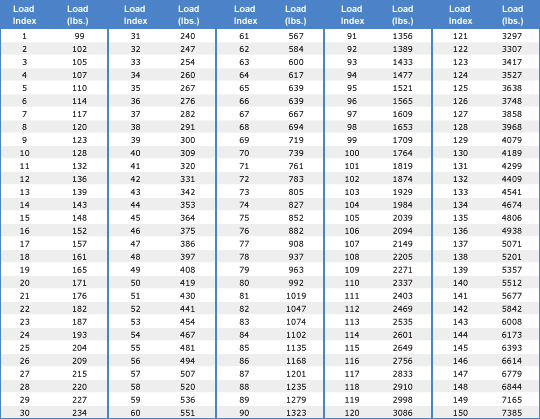
Conclusion
Selecting the right trailer tires is essential for a safe and smooth towing experience. Understanding ply ratings and their impact on tire durability and load capacity is crucial. Whether you need heavy-duty trailer tires or lighter options, Tire Easy has a wide selection to meet your towing needs. Don’t compromise on safety and performance; choose the right trailer tires today for a worry-free journey.
Ready to upgrade your trailer tires for optimal performance and safety?
Visit Tire Easy to explore our range of high-quality trailer tires, find the perfect ply rating for your trailer, and hit the road confidently. Your towing adventure begins here!
FAQs
How many plys does a trailer tire have?
Trailer tires typically come in various ply ratings, which indicate the number of layers or plies in the tire’s construction. Ply ratings can range from 4-ply to 16-ply, with standard ratings for trailer tires falling between 6 and 10-ply. The ply rating correlates with the tire’s load-carrying capacity and durability. Choosing a ply rating that matches your trailer’s weight requirements is essential to ensure safe and reliable towing.
Are 10-ply tires suitable for trailers?
Yes, 10-ply tires can be an excellent choice for trailers, especially those carrying heavy loads. A 10-ply tire has a robust construction that allows it to handle greater weight and stress compared to lower-ply ratings. These tires are known for their durability and ability to provide stability and safety while towing heavier trailers. However, it’s essential to consider your trailer’s specific needs and consult experts to determine if 10-ply tires are the right choice for your application.
Is a 10-ply or 12-ply tire better?
Choosing between a 10-ply and a 12-ply tire depends on your trailer’s weight capacity and requirements. Both 10- and 12-ply tires are known for their durability and load-carrying capabilities. A 12-ply tire typically has a higher load-carrying ability than a 10-ply tire, making it suitable for hefty trailers.
However, matching the tire’s ply rating with your trailer’s weight specifications is crucial. It may be better if your camper requires the extra load-carrying capacity provided by a 12-ply tire. Always follow the manufacturer’s recommendations and consult with experts to ensure you make the right decision for your trailer.
What ply is best for trailer tires?
The ideal ply rating for trailer tires depends on your specific towing needs. Generally, many trailers use tires with ply ratings ranging from 6 to 10. A lower ply rating, such as 6 or 8, is often sufficient for lighter trailers. However, a higher ply rating, such as 10, may be more suitable for heavier loads and larger trailers. It’s essential to consider your trailer’s weight capacity, the load you’ll be carrying, and the manufacturer’s recommendations when determining the best ply rating for your trailer tires.



